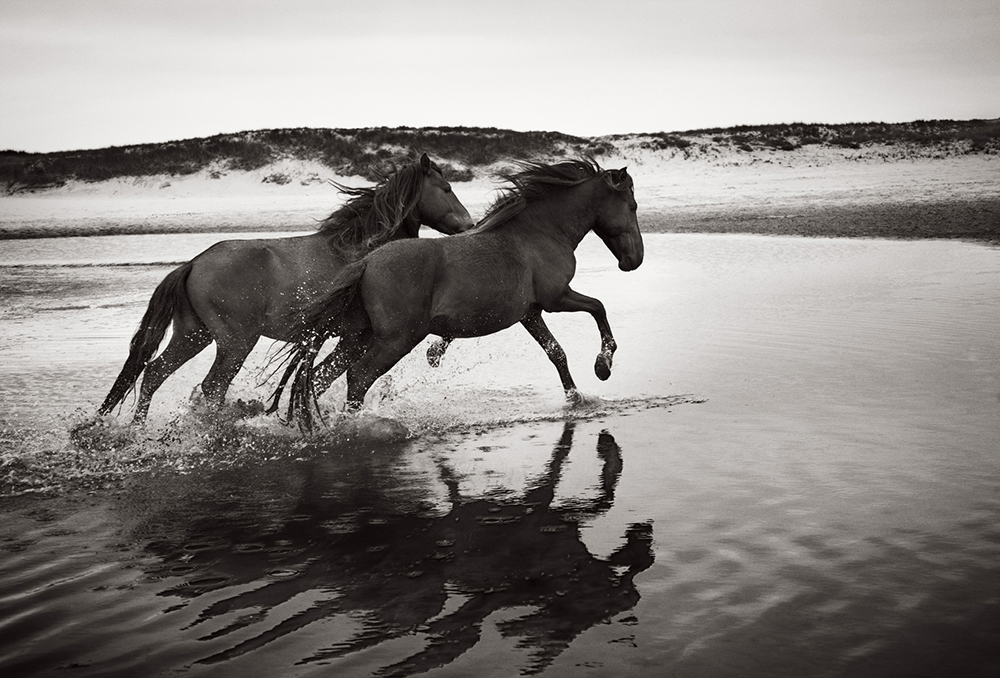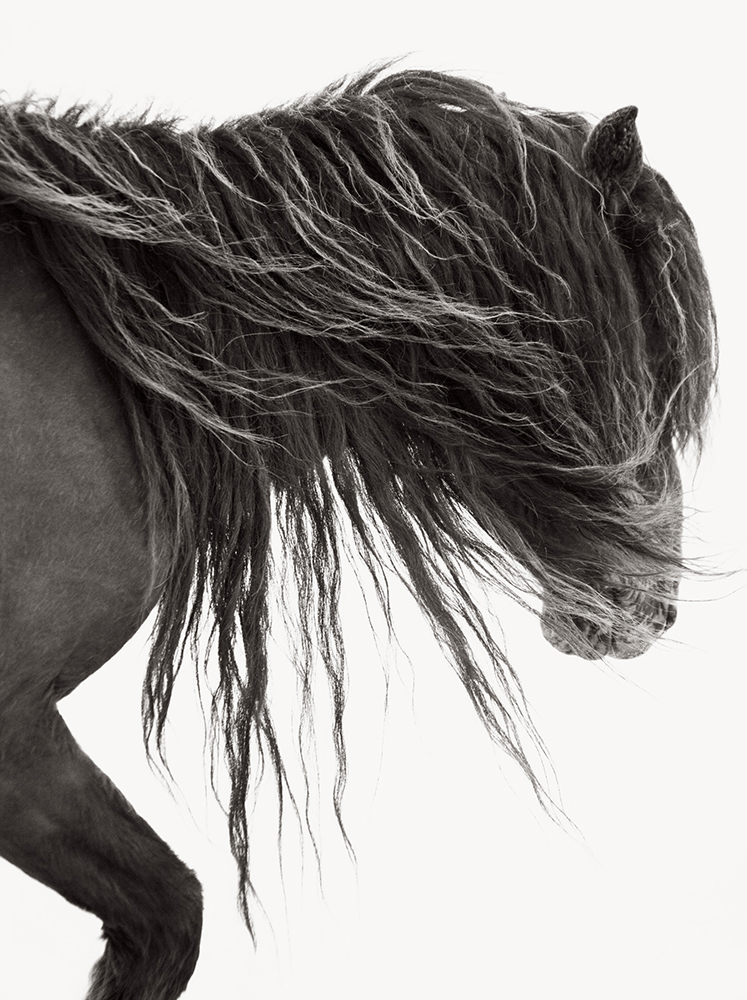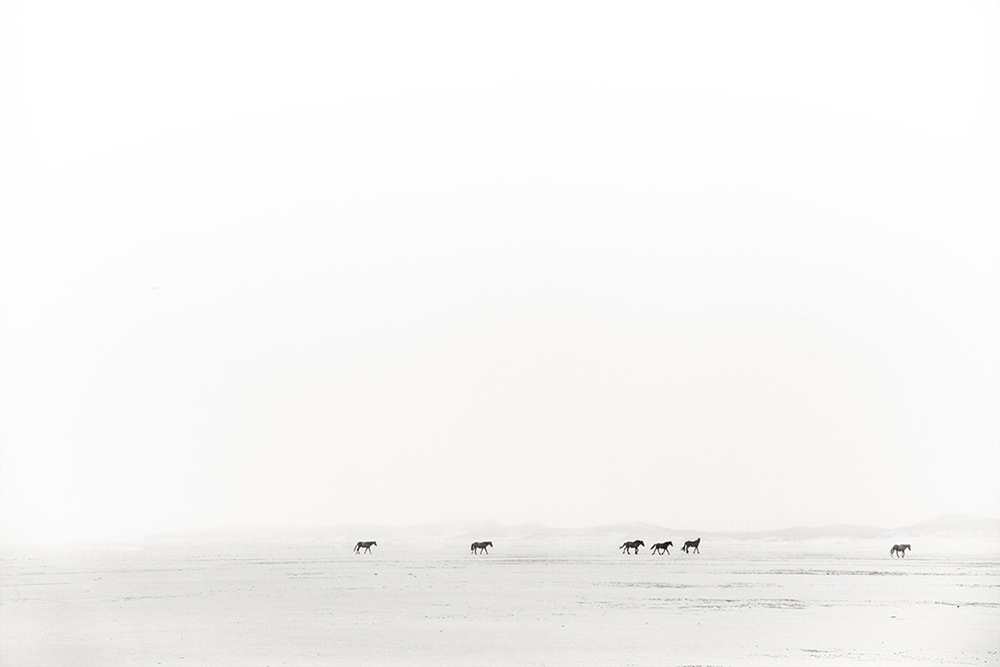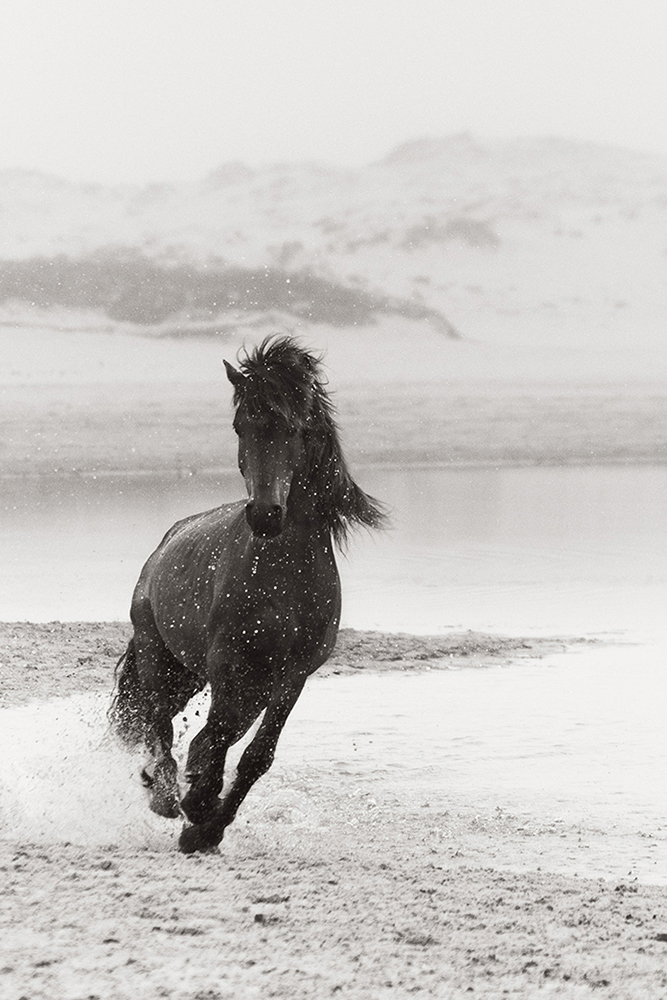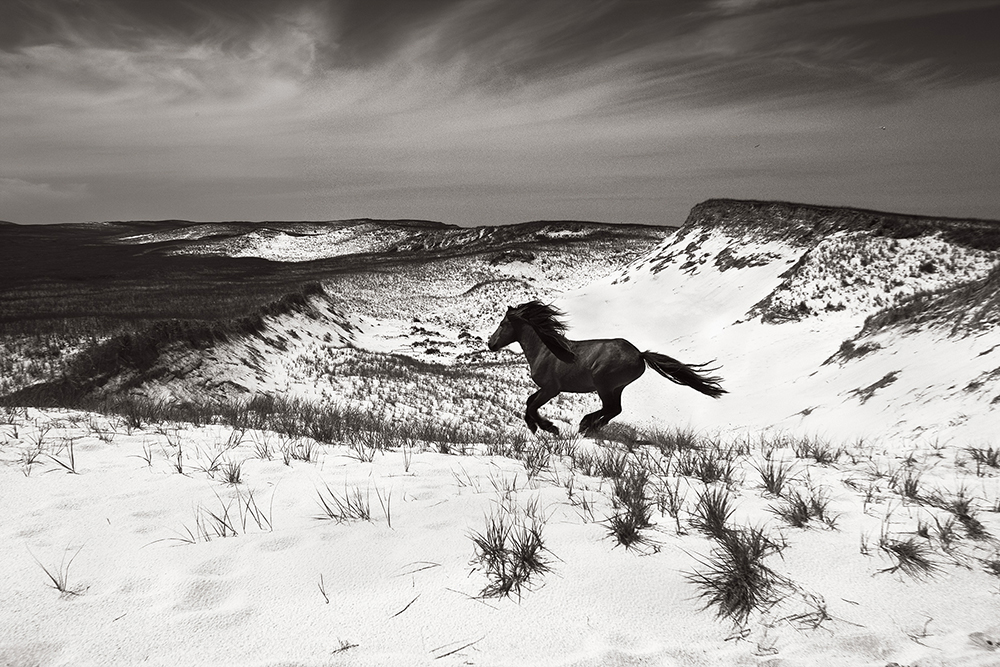2nd place
silver star award
Drew Doggett
united states
title
Discovering the Horses of Sable Island
Using the island’s rolling, shifting dunes and abundant fog as a canvas, I sought to uncover Sable’s singular treasures and to encounter these powerful animals on their own terms. Focusing on form, musculature, and movement, as well as the conditions of the ever-changing landscape, Discovering the Horses of Sable Island tells a story about power and beauty. The strength of these horses is evident in their form and in their movements. Depicted in these photographs is the physicality of the horses as they relate to one another within their social hierarchy, but also the progress of time. The unhindered range these horses have over the landscape mirrors the dynamism of the island itself, which is constantly being carved out and reshaped by the wind. The resulting body of work offers a portrait of the relationship between these horses and the environment that supports them. Although the landscape is harsh — fresh water is scarce, and bone-chilling sea winds thwart the growth of any vegetation taller than dune grass — the wild horses of Sable Island have adapted to thrive in their unusual habitat. The only land mammals on Sable, they know no fear and have no predators. Entirely unmanaged and unimpeded by humans, the wild horses of Sable Island embody a unique freedom and independence.
Instagram: @drewdoggettphotography
back to gallery
entry description
Often called the ‘graveyard of the Atlantic’ due to its history of shipwreck, Sable Island is home to little more than the herd of 400 wild horses that roam freely over the island’s 26 rugged miles.Using the island’s rolling, shifting dunes and abundant fog as a canvas, I sought to uncover Sable’s singular treasures and to encounter these powerful animals on their own terms. Focusing on form, musculature, and movement, as well as the conditions of the ever-changing landscape, Discovering the Horses of Sable Island tells a story about power and beauty. The strength of these horses is evident in their form and in their movements. Depicted in these photographs is the physicality of the horses as they relate to one another within their social hierarchy, but also the progress of time. The unhindered range these horses have over the landscape mirrors the dynamism of the island itself, which is constantly being carved out and reshaped by the wind. The resulting body of work offers a portrait of the relationship between these horses and the environment that supports them. Although the landscape is harsh — fresh water is scarce, and bone-chilling sea winds thwart the growth of any vegetation taller than dune grass — the wild horses of Sable Island have adapted to thrive in their unusual habitat. The only land mammals on Sable, they know no fear and have no predators. Entirely unmanaged and unimpeded by humans, the wild horses of Sable Island embody a unique freedom and independence.
about the photographer
Through a fashion-inspired lens, photographer and filmmaker Drew Doggett tells extraordinary stories of diverse cultures, animals, places, and communities. He has received over 130 prestigious international awards and has had his artwork featured in many publications, such as Conde Nast Traveler, Architectural Digest, Forbes, Bloomberg, Fortune, The Daily Mail, and Outside Magazine. His photographic work can be found in public collections globally, notably the Smithsonian African Art Museum (DC), as well as in hundreds of corporate and private collections in over 20 countries around the world, including that of Alec Baldwin, Gloria Steinem, Nicole Ari Parker, Eric Church, the Waldorf Astoria, Wynn Casinos, and the Four Seasons (HI). He currently serves as an ambassador for Re:wild, a conservation organization founded by Leonardo DiCaprio and Global Wildlife Conservation.Instagram: @drewdoggettphotography
back to gallery

